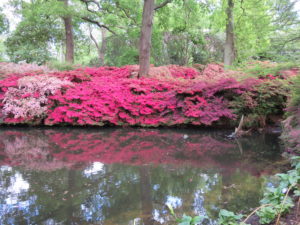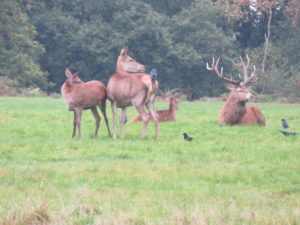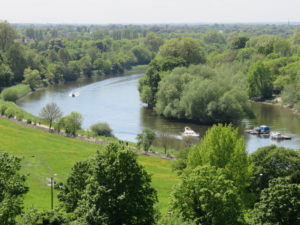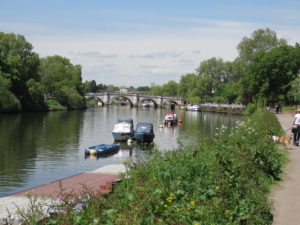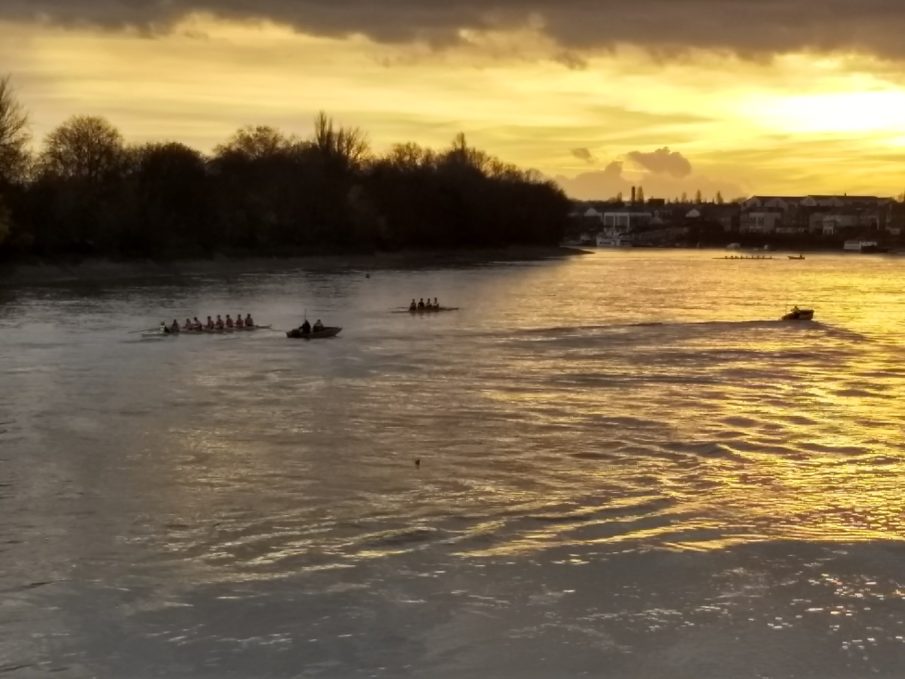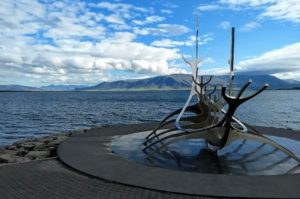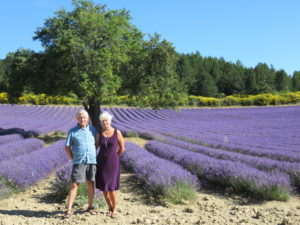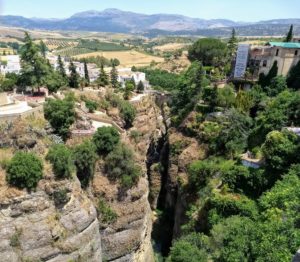We are very lucky to have good friends in London who are willing to put us up when we are there. They live on the Hammersmith / Chiswick border close to the Thames. 
The neighbourhoods have a village flavour to them. We love the walks along the river, even as far as central London. There are many pubs along the way, so stopping for refreshments is easy!
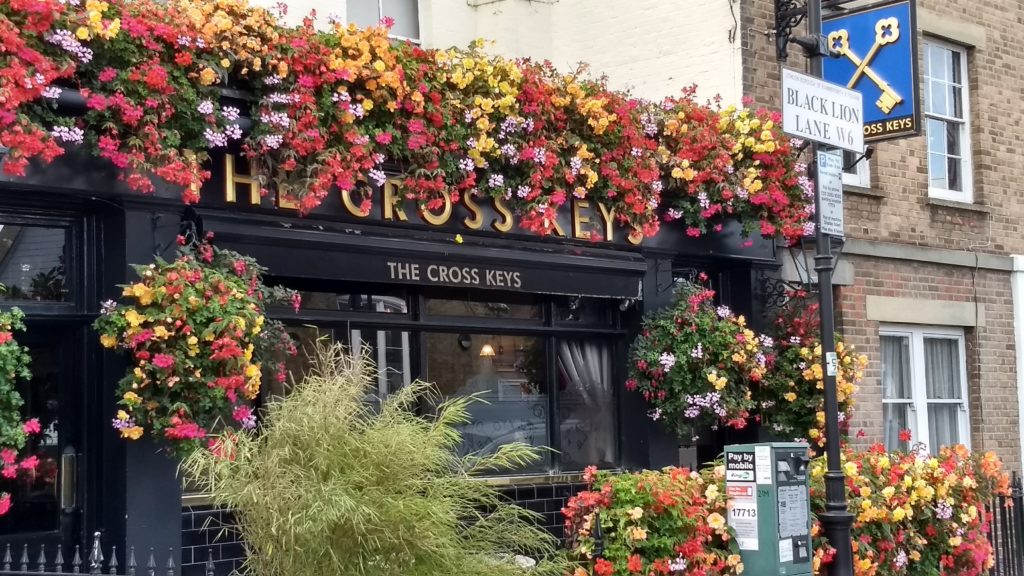

One day we wandered into a churchyard in Chiswick. Reading the tombstones, we found:
- A sailor who was on the Lusitania when she sank in the First World War.
- A soldier recipient of the Victoria Cross (highest military honor) from the Battle of Rocke’s Drift. This was in 1879 during the Anglo / Zulu wars. 150 British soldiers defended a mission station and held off 3-4,000 Zulus. Wounded, and back in Chiswick he eventually became a taxi driver (horses then motor), dying in 1913. The Fred Hitch Gallantry Award for cab drivers is still awarded to this day.
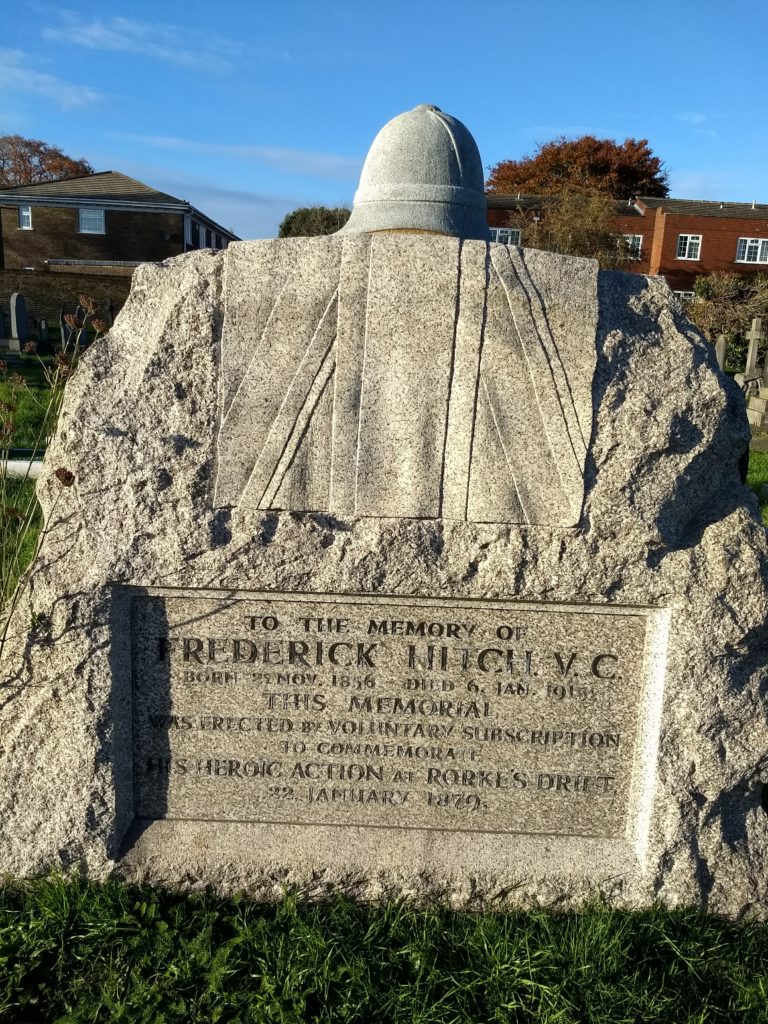
Frederick Hitch VC 
- The trumpeter who sounded the infamous charge of the light brigade. For the non-brits. this was a disastrous cavalry charge in 1854 during the Crimean War against a Russian gun emplacement. The Earl of Cardigan was the commander, who gave his name to the cardigan clothing. The charge was broadly criticized and became memorialized in Tennyson’s poem, which started with:
“Half a league, half a league,
Half a league onward,
All in the valley of Death
Rode the six hundred.
‘Forward, the Light Brigade!”
600 charged, after regrouping they were 195 on horseback. The rest were killed, wounded, or taken prisoner.
Cemeteries are, by their nature, full of stories. They provide an interesting perspective of history and ordinary peoples’ lives. London in particular has some of the best, most atmospheric, cemeteries in the world. 
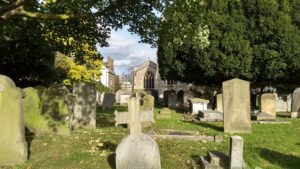
A short bus ride would find us at Kew Gardens and Richmond Park alongside the Thames. Two locations that should be high on the list for any visitors to London. We’ve visited both of these landmarks on numerous occasions and we are never disappointed.
Kew Gardens – is a botanical garden of 121 hectares (300 acres). It has the largest and most diverse botanical collections in the world. It is a major international research and education center. The gardens and plant houses are magnificent. Most trees and plants from around the world can be found. We have been there in different seasons and always enjoyed the visit. When the Azaleas and Rhododendrons are in bloom is a special time.

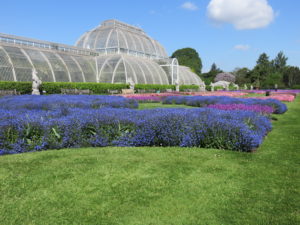
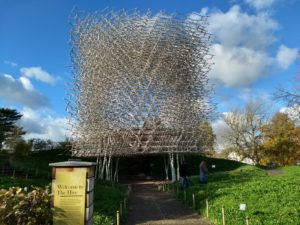


Our last trip included a new exhibit. A metal structure representing a beehive is equipped with 1,000 LED lights. The structure is linked to a real beehive. The lights flicker in time to the vibrations caused when bees communicate with each other. The sounds from the bees are also broadcast.
Richmond Park – at 955 hectares (2,360 acres) this park provides a large area for Londoners to enjoy a country walks, cycle and fish. It started as a royal deer park in the 17th century and has remained as such, under government control, with around 600 deer. Whilst most of the park is wild, there is a woodland park area, the Isabelle Plantation. A delight to visit once again when the Azaleas and Rhododendrons are in bloom.
The park sits atop Richmond Hill overlooking the Thames. A short stroll will take you down to the river front path to Richmond. As always, there are numerous pubs and restaurants to tempt the thirsty walker.


